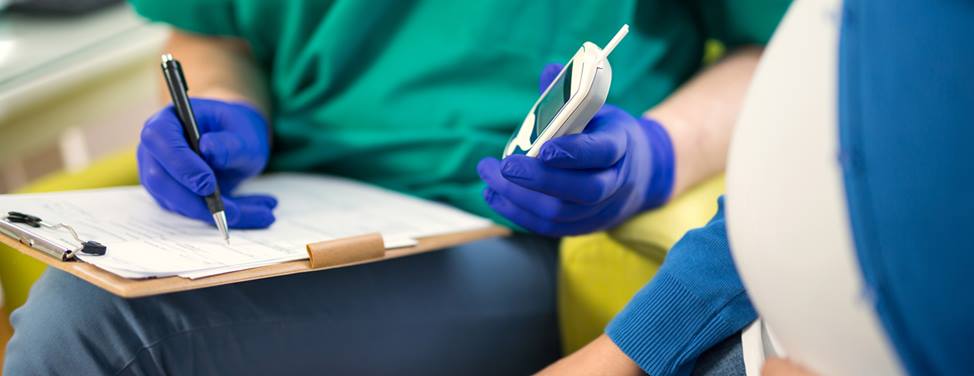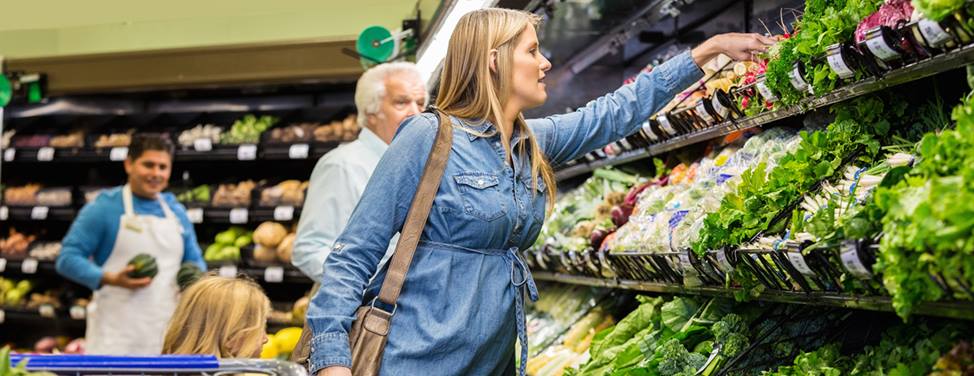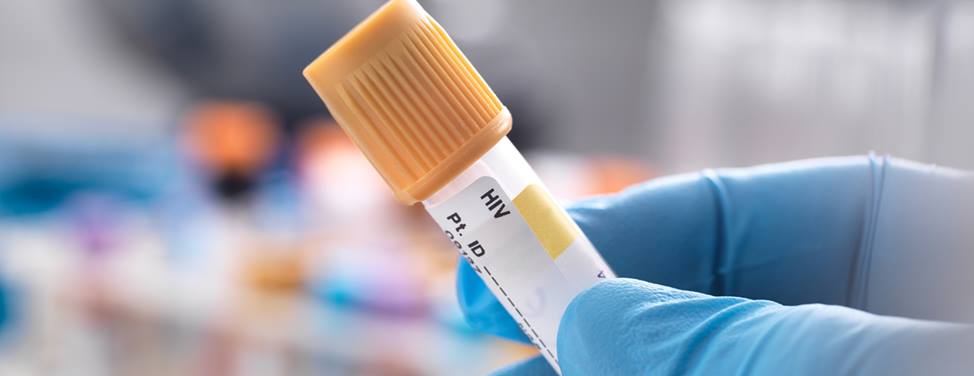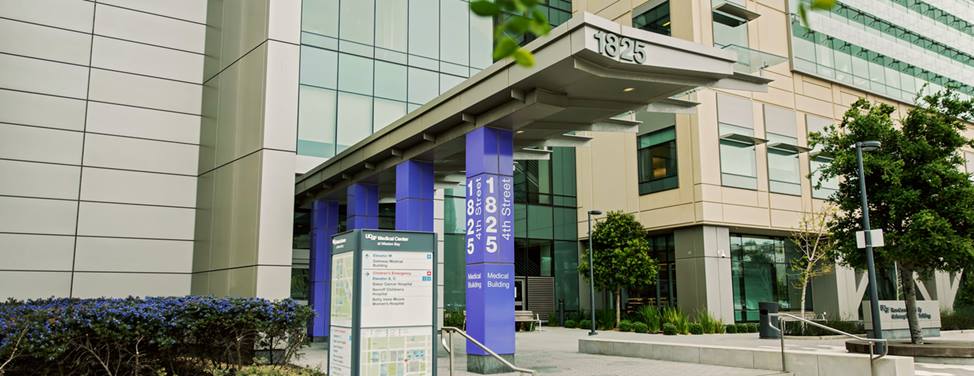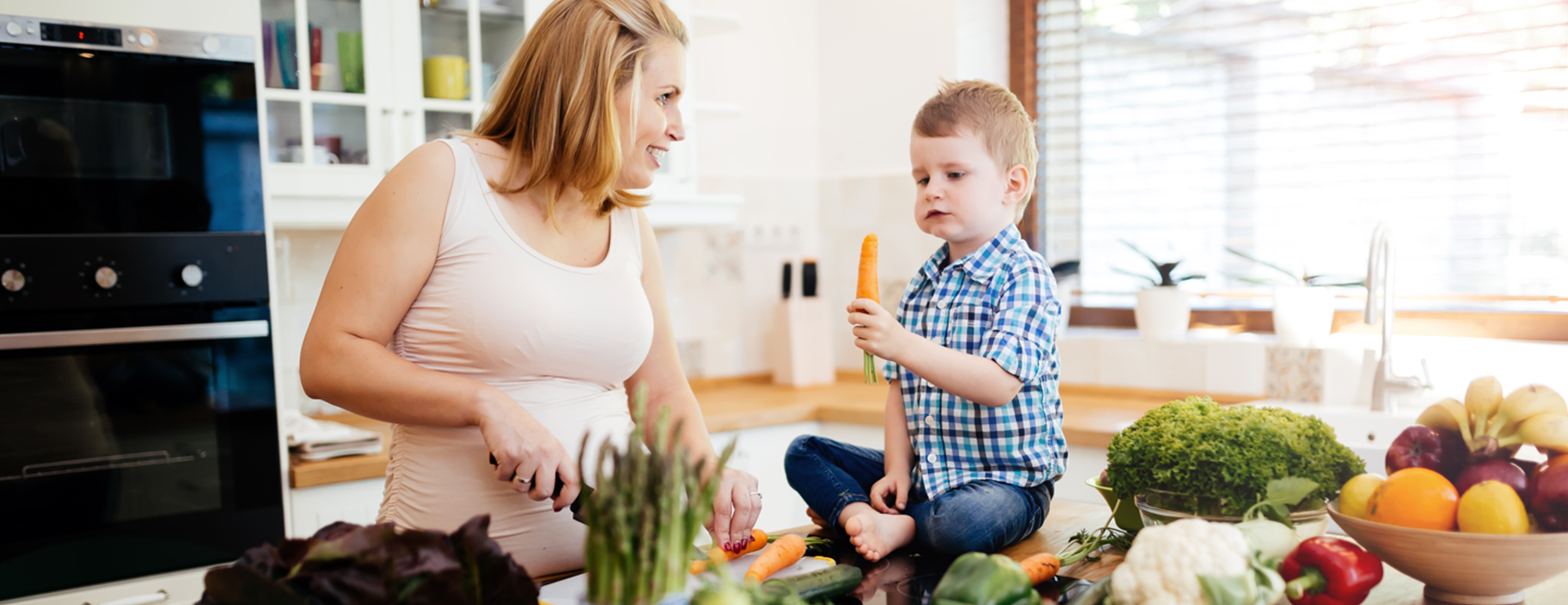
Dietary Recommendations for Gestational Diabetes
Diabetes diagnosed during pregnancy is called gestational diabetes. Gestational diabetes occurs in about 7 percent of all pregnancies. It usually arises in the second half of pregnancy and goes away as soon as the baby is born. However, if gestational diabetes is not treated, you may experience complications.
The first step in treating gestational diabetes is to modify your diet to help keep your blood sugar level in the normal range, while still eating a healthy diet. Most women with well-controlled blood sugar deliver healthy babies without any complications.
One way of keeping your blood sugar levels in normal range is by monitoring the amount of carbohydrates in your diet. Carbohydrate foods digest and turn into blood glucose (a type of sugar). Glucose in the blood is necessary because it is the fuel for your body and nourishment your baby receives from you. However, it's important that glucose levels stay within target.
Carbohydrates in Food
Carbohydrates are found in the following foods:
- Milk and yogurt
- Fruits and juices
- Rice, grains, cereals and pasta
- Breads, tortillas, crackers, bagels and rolls
- Dried beans, split peas and lentils
- Potatoes, corn, yams, peas and winter squash
Sweets and desserts, such as sugar, honey, syrups, pastries, cookies, soda and candy also typically have large amounts of carbohydrate.
Carbohydrates in foods are measured in units called grams. You can count how many carbohydrates are in foods by reading food labels and learning the exchange lists. The two most important pieces of information on food labels for a carbohydrate-controlled diet is the serving size and grams of total carbohydrate in each serving.
Dietary Recommendations
It is important to be meet with a registered dietitian to have your diet assessed. The dietitian will calculate the amount of carbohydrates that you need at meals and snacks. You will also be taught how to count carbohydrates.
The following are dietary recommendations that will help you maintain safe blood sugar levels:
Distribute your foods between three meals and two or three snacks each day
Eating too much at one time can cause your blood sugar to rise too much. It is very important that you do not skip meals. During pregnancy, you have increased nutritional needs and your baby requires balanced nutrition.
Eat reasonable portions of starch
Starchy foods eventually turn into glucose so it's important not to be excessive. However, starch should be included in every meal. A reasonable portion is about one cup of total starch per meal, or two pieces of bread.
Drink one cup of milk at a time
Milk is a healthy food and an important source of calcium. However, milk is a liquid form of carbohydrate and drinking too much at one time can raise your blood sugar.
Limit fruit portions
Fruit is a healthy food, but it is high in natural sugars. You may eat one to three portions of fruit per day, but only eat one at a time. A portion of fruit is either one very small piece of fruit, half of a large piece of fruit, or about one-half cup of mixed fruit. Do not eat fruit that has been canned in syrup.
Breakfast matters
Blood sugar can be difficult to control in the morning because of normal fluctuations in hormone levels.
Refined cereals, fruits and even milk may not be well tolerated in your morning meal. If your post-breakfast blood sugar level increases too much after having these foods, then you should not eat them for your breakfast. A breakfast that consists of starch plus protein is usually tolerated the best.
Avoid fruit juice
It takes several fruits to make a glass of juice. Juice is a concentrated source of carbohydrate. Because it is liquid, juice can raise blood sugar quickly.
Strictly limit sweets and desserts
Cakes, cookies, candies and pastries tend to have excessive amounts of carbohydrate. These foods often contain large amounts of fat and offer very little in terms of nutrition. Additionally, avoid all regular sodas and sugar-sweetened beverages.
Stay away from added sugars
Don't add sugar, honey or syrup to your foods.
Use artificial sweeteners instead of added sugars
The following sweeteners have been approved as safe to eat during pregnancy:
- Aspartame, which includes Equal, NutraSweet, Natra Taste
- Acesulfame K, which includes Sunett
- Sucralose, which includes Splenda
When a product says it's "sugar-free," take a closer look
Products containing sugar-alcohols are often labeled "sugar-free," but they may still contain significant amounts of total carbohydrate. Look at the food label to see the grams of total carbohydrate contained.
Sugar alcohols may have a laxative effect or cause gas and bloating. The following are examples of sugar-alcohols:
- Mannitol
- Maltitol
- Sorbital
- Xylitol
- Isomalt
- Hydrogenated starch hydrolysate
Some products labeled "sugar-free" are indeed carbohydrate-free and will not affect your blood sugar, including diet sodas and sugar-free Jell-o.
Keep food records
Be sure to record all of the foods and the amount that you eat each day, which will help you monitor your carbohydrate intake. Also, use measuring cups for accuracy when possible.
UCSF Health medical specialists have reviewed this information. It is for educational purposes only and is not intended to replace the advice of your doctor or other health care provider. We encourage you to discuss any questions or concerns you may have with your provider.






